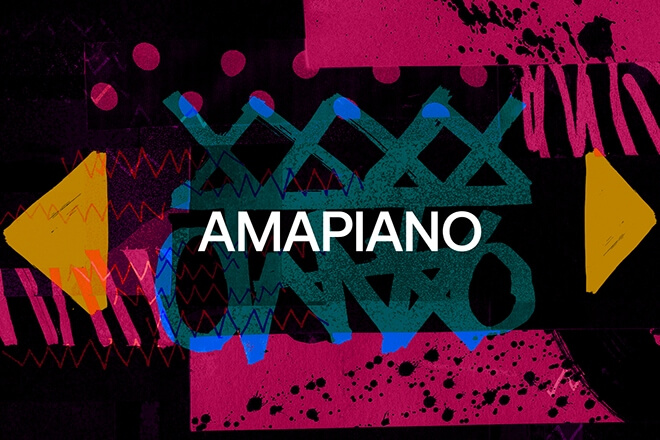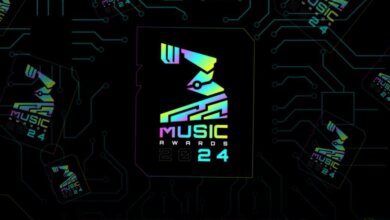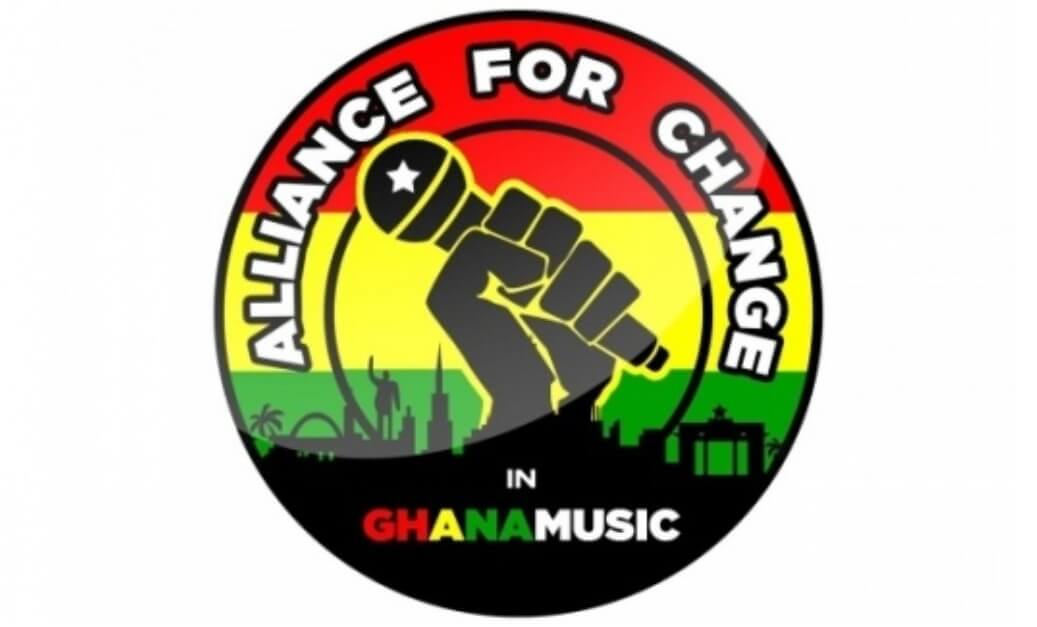The origins of Amapiano music

If your music collection is an eclectic mix of genres, there’s probably an Amapiano music in it. Or maybe not, considering it is a relatively newer genre of music; either way, this will interest you. Let’s start at the very beginning. What is Amapiano, and where did this intriguing style of music come from?
Like any expression of popular culture, there’s no precise date and place to mark the birth of Amapiano. It emerged from the townships of South Africa in the mid-2010s, but some also say Amapiano music was initially played at house and underground parties in the Pretoria area outside of Johannesburg, South Africa’s capital.
The word itself comes from the Native tongue Zulu and means “the pianos” as such it’s characterized by repetitive piano melodies, its tempo, and catchy bass lines. Although it’s a dance-driven genre, producers and DJs don’t shy away from vocal-driven hooks and songs.
The genre is mostly sung in one of South Africa’s indigenous languages such as Zulu, Xhosa, and Southern Sotho, Northern Sotho, Setswana, English, Xitsonga, Tshivenda. As it has spread across the continent though, many other languages have been added to the list, still keeping its spicy melodic flavour.
As hard as it may be to pinpoint, artists like Kabza De Small, DJ Maphorisa, and Vigro Deep are widely regarded as some creators, first popular Amapiano artists and pioneers of the genre. Kabza De Small and other early Amapiano artists likely performed at events and built their following through word of mouth and social media.
Kabza De Small’s breakthrough came in 2018 with the release of his album “Avenue Sounds,” which featured several popular Amapiano tracks. This album helped to bring Amapiano to a wider audience and solidified Kabza De Small’s status as one of the leading artists in the genre.
As we explore the history of the Amapiano genre, we need to point out, MFR Souls can take credit for the naming of the genre and their relentless efforts to push it into the mainstream also helped popularize the genre. MFR Souls, Tumelo Nedondwe and Tshiamo Rantao, is another popular Amapiano group that has gained a large following. They are known for their hit single “Love You Tonight,” which features the vocals of DJ Maphorisa, Kabza De Small, and Sha Sha.
Sha Sha is a Zimbabwean-born South African singer-songwriter, was born in Mutare and has become known as the country’s “Amapiano Queen”. Her song “Woza” has had millions of views. ‘Woza’ hypes the greatness of Amapiano in a Southern African desert with picturesque canyons.
With dance challenges going viral on social media platforms such as TikTok and Instagram, Amapiano became popular right along with it. The emerging dance-based genre of Amapiano caused the sound to spread like wildfire.
Infectious, uplifting melodies gained incredible momentum, enthralling South Africa, the continent, and then the world. Producers and artists on the international scene eventually took notice of the growing popularity of Amapiano.
With the endless quest to find and create something new, collaborations with South African artists and the incorporation of Amapiano elements became inevitable. This cross-pollination of musical styles further pushed Amapiano to the forefront, reaching the ears of Western countries and sparking a healthy curiosity about African music.
As the years go by and trends shift to determine the waves that will make an impact, Amapiano continues to evolve, adapt, and carve out a bright future for itself. It started as a refreshing breeze shaking the rich South African music landscape. Today, we’re witnessing not only its dizzying evolution but also its consolidation as a genre. Amapiano is going global.
Written by Kweku Sampson

This article is published by either a staff writer, an intern, or an editor of TheAfricanDream.net, based on editorial discretion.





